Relic Run is a mobile platform game, an idea which was inspired by many other endless-runner mobile games out there. During this project, I was the lead game and level designer. My goal was to create challenging levels without making the game controls too complex, but emphasize on the replay value of the game. I have captured the short step-by-step highlights of the iterative design process as can be seen below.
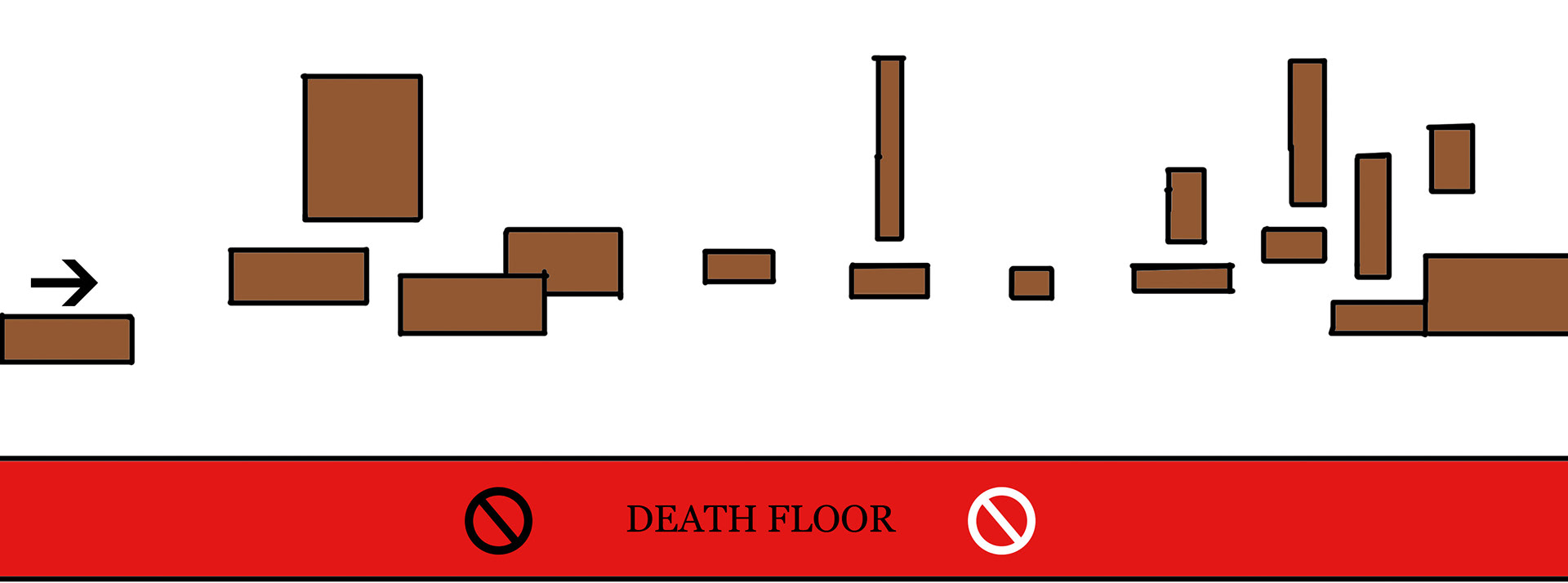
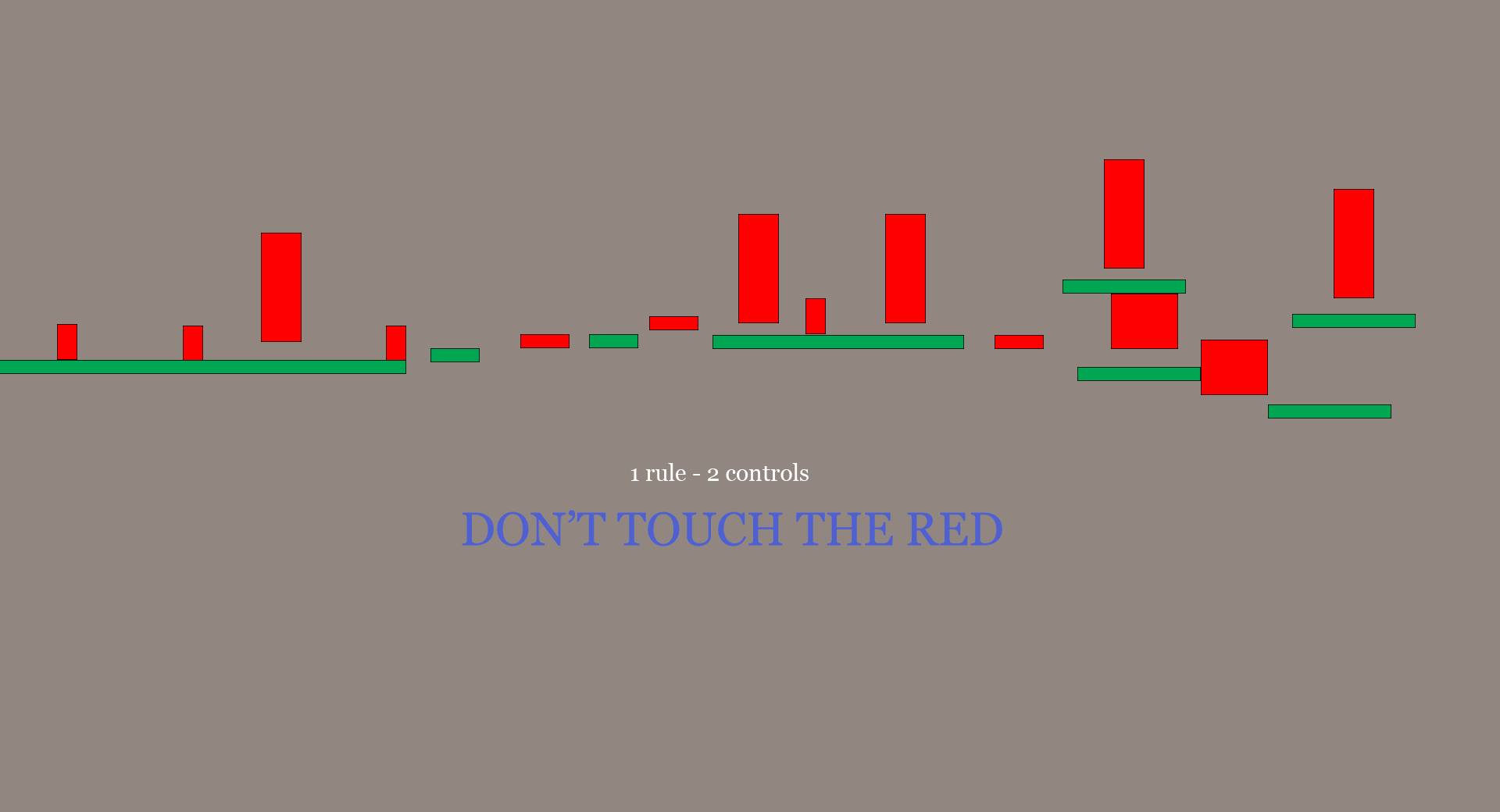

Iteration 1
Iteration 2
Iterations 1 & 2: Using simple rules to create a working prototype in the style of the game genre aimed for. It allows for iterative design by looking at the core of the game first and building on top of it by playing with elements that work, bending them into something unique rather than inventing completely new ones. Some quick testing results can be seen in Figures 1 &2 below.
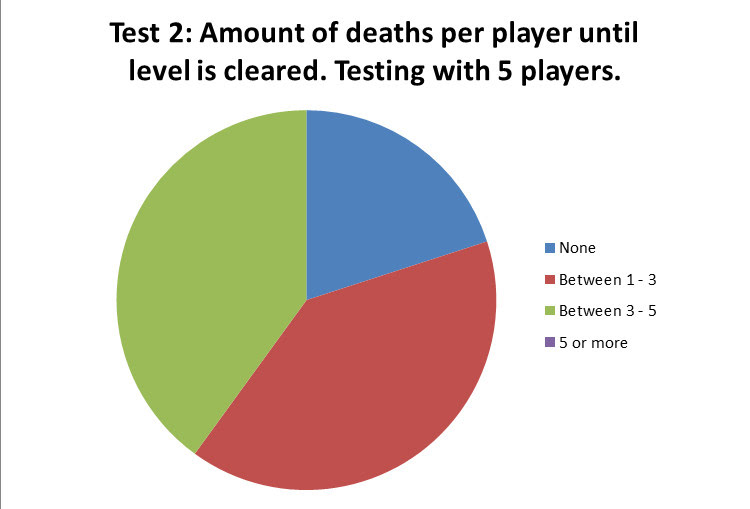

Figure 1 (Iteration 1)
Figure 2 (Iteration 2)
Quick prototype of the basic gameplay mechanics in order to get a better idea of balancing controls with movement speed and distances of obstacle placement. It provides a better perspective of the level design later on and how the difficulties per level could be manipulated.
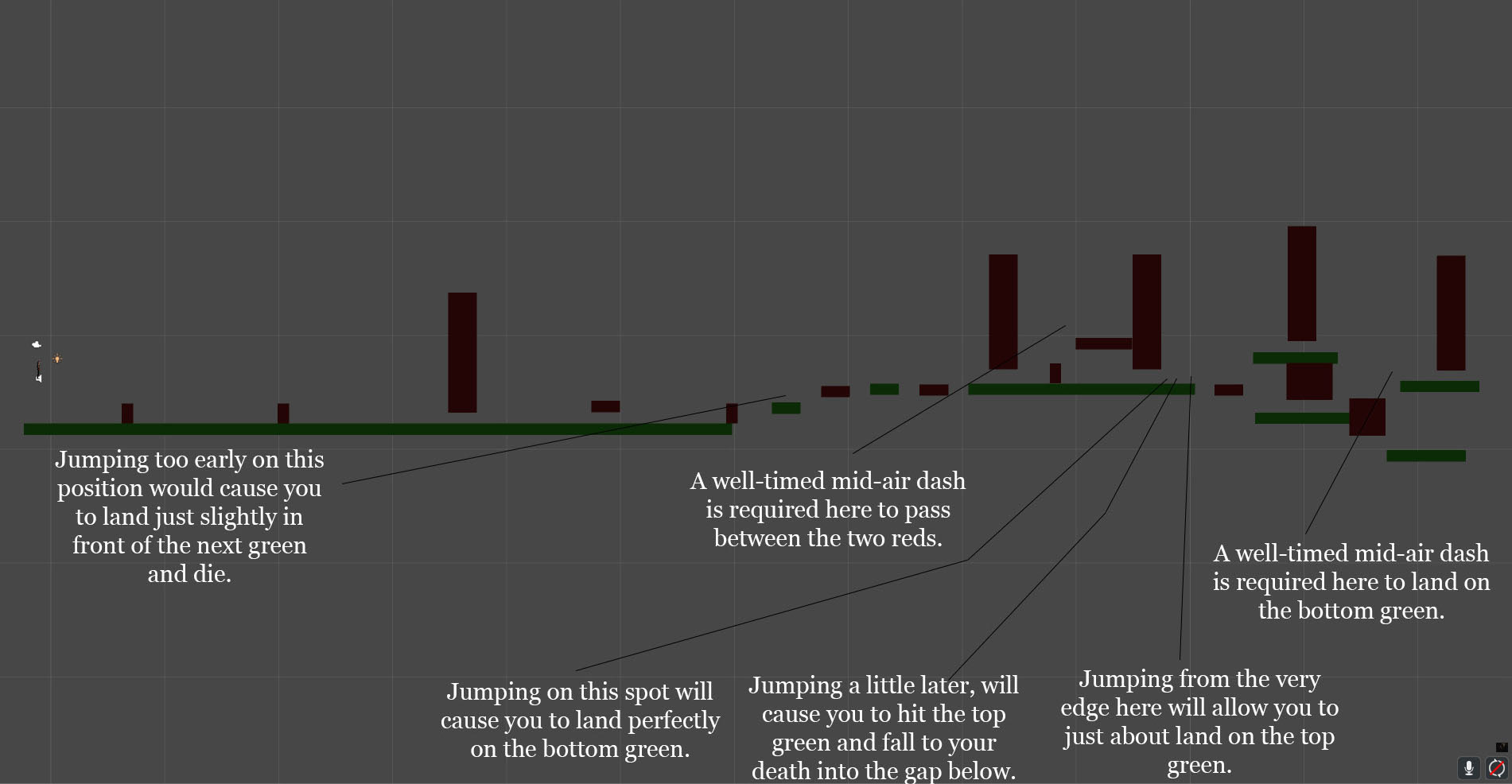
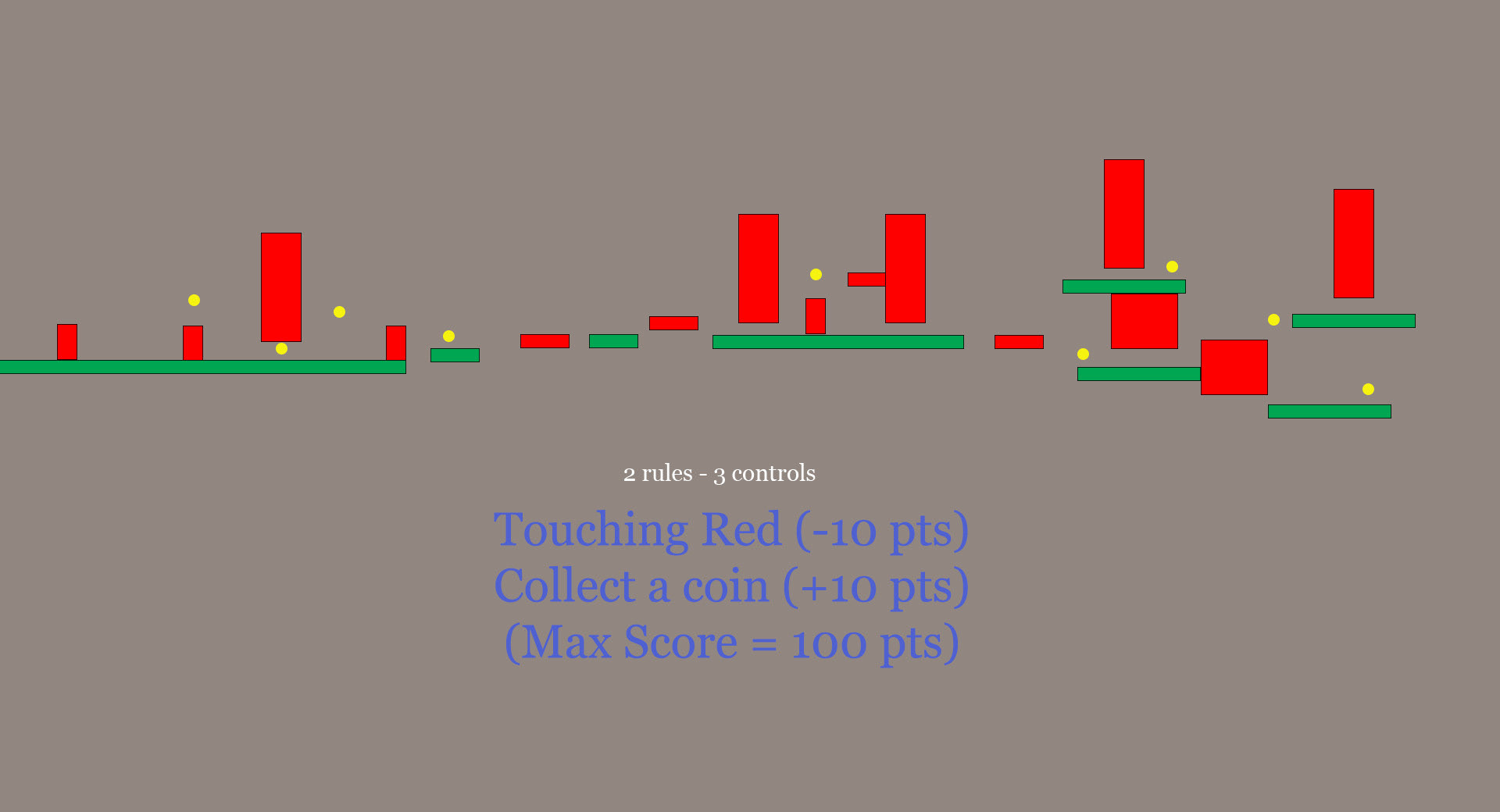
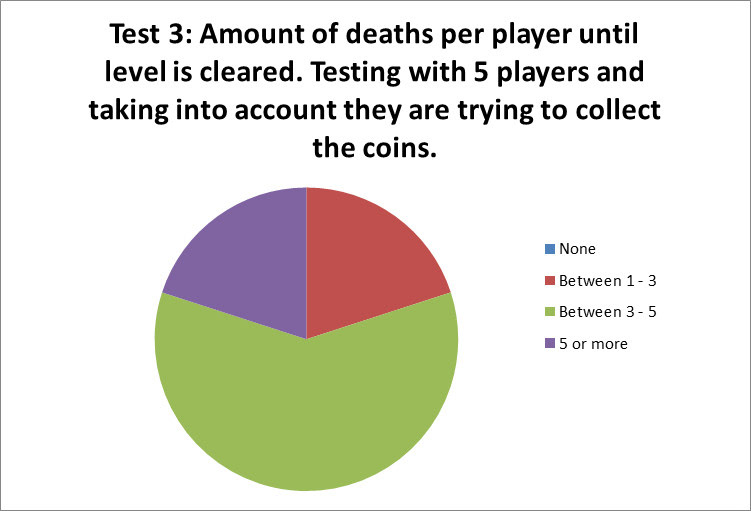
Current obstacle placement effects after analyzing the level prototype in the previous video.
Adding an additional goal to the basic level to test difficulty of controls when player focus/attention is divided during . Test results show that dividing attention by adding an optional side-goal (collectable coins) makes the level harder because players automatically become tempted to collect the coins.
First iteration of prototyping level ideas and the placement of the level elements. The goal is to find a good balance between clear perception of level elements/obstacles and being able to collect/dodge them while playing at a constant running speed. Figuring out the best camera angle was of great importance here.
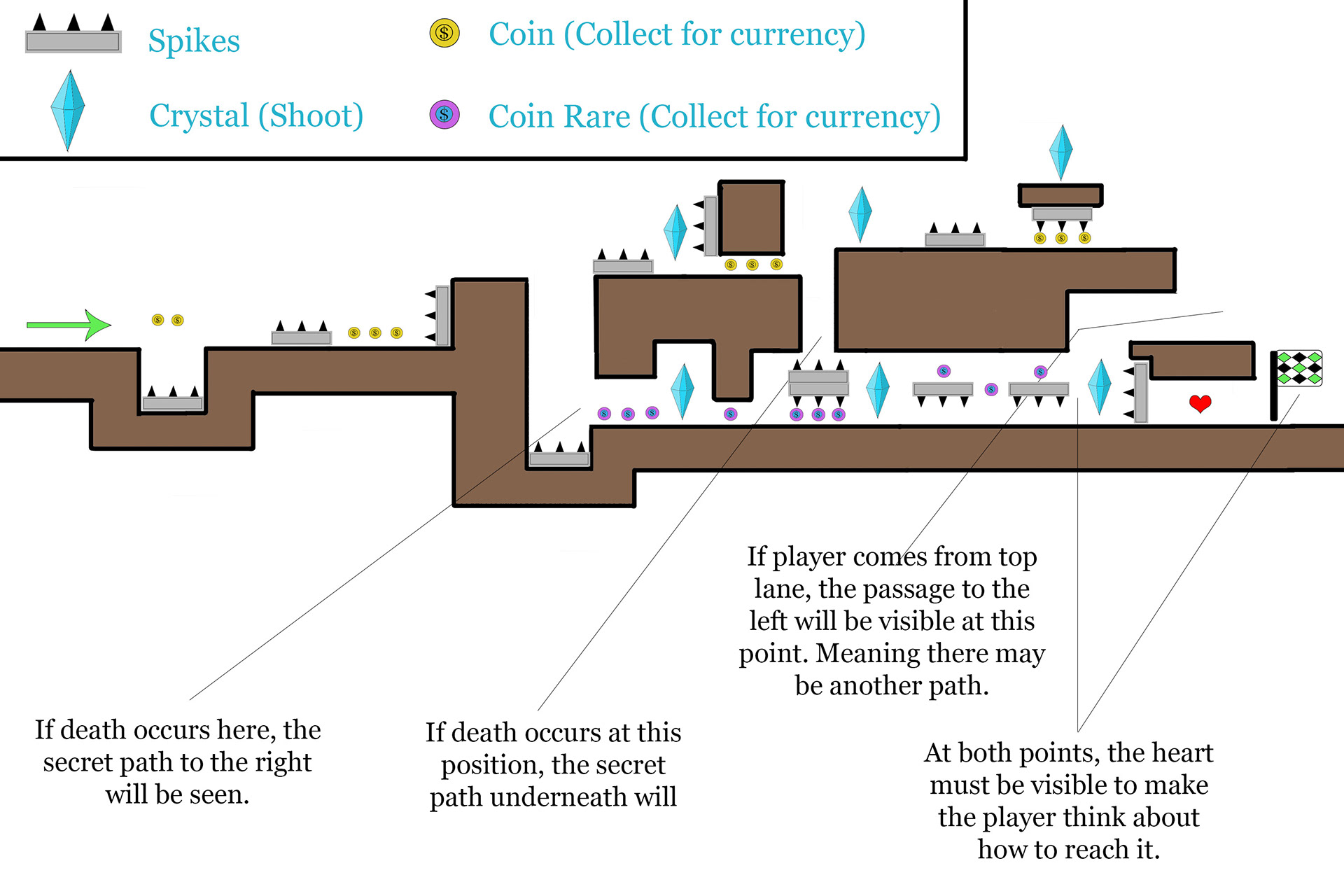
Sketching level ideas and thinking about the many different elements involved. Placement of level elements and using the Super Mario effect in order to achieve discoverability of rewards and different paths. Death should not feel discouraging, but should rather encourage curiosity and add to replay value.
Iterating over playable level prototypes while applying the Super Mario effect as described in the above level sketch. Adjusting camera angle to enable the player to see ahead as well as to add convenient discoverability and replay value.
The iterations were especially useful for figuring out clever placement of game elements which add to discoverability, but also for placement of elements which enable progression towards the those new discoveries.
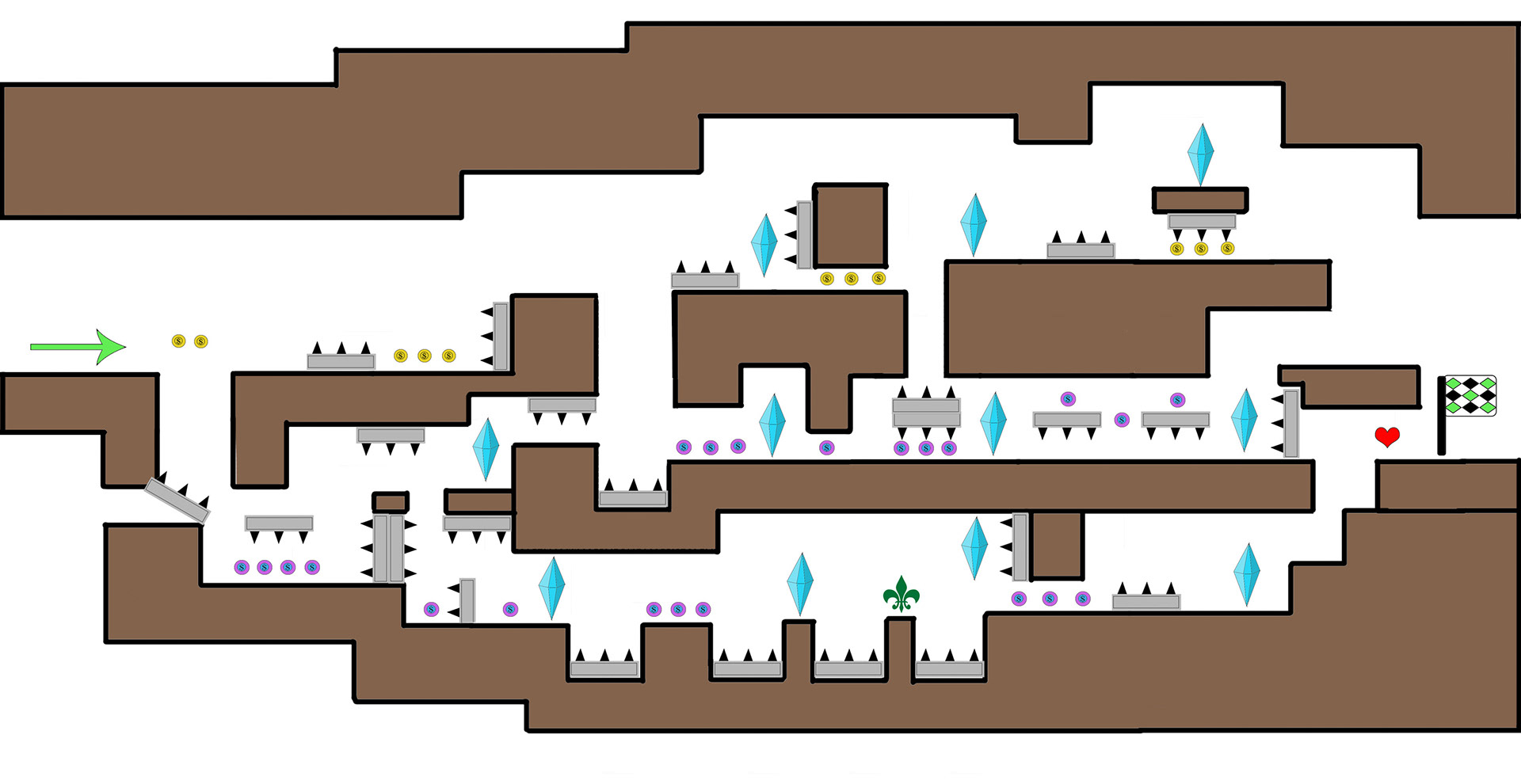
Designing more complexity, challenges, possibilities and discoverabilities in a single level with the aim to add towards replay value where the level offered new experiences rather than a single grindy - repetitive - one. Thinking about clever placement of elements was key here to drive the player towards replaying the level with a clear purpose set by discoverability.
Some final iterations to show the eventual complexity of the level ideas based on which the levels of the game would be manually crafted into a challenge filled with discoverability and its drive towards replay value.
